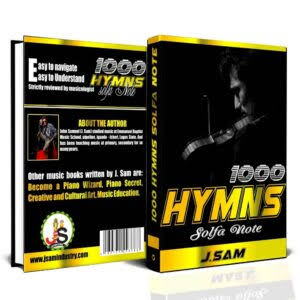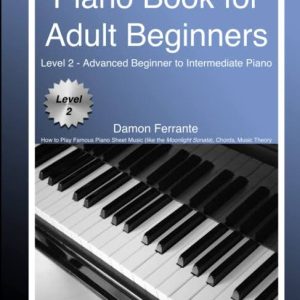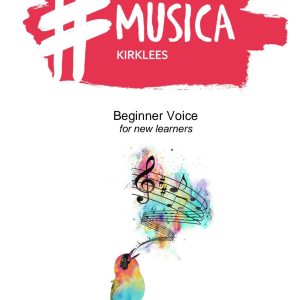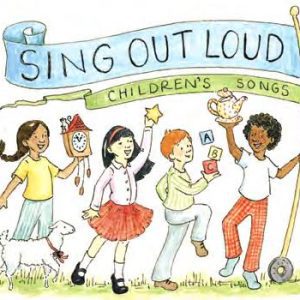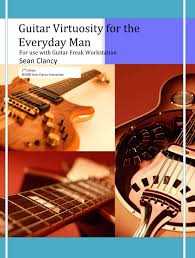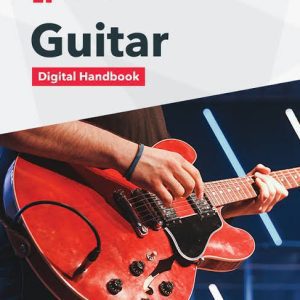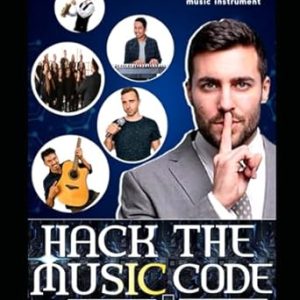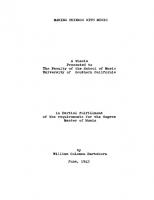1000 Music Stories
SKU:
1000-music-stories
Original price was: ₦9,000.00.₦3,999.00Current price is: ₦3,999.00.
1000 Music Stories
SKU:
1000-music-stories-1
Original price was: ₦9,000.00.₦3,999.00Current price is: ₦3,999.00.
1000(One Thousand) Hymns solfa notation – J. Sam Ebook/PDF DOWNLOAD
SKU:
1000one-thousand-hymns-solfa-notation-j-sam
Original price was: ₦5,000.00.₦3,500.00Current price is: ₦3,500.00.
50Chord Progressions and Chords Formation – Pdf
SKU:
50chord-progressions-and-chords-formation-pdf
Original price was: ₦4,000.00.₦2,500.00Current price is: ₦2,500.00.
Hack The Music Code
SKU:
hack-the-music-code
Original price was: ₦5,000.00.₦2,500.00Current price is: ₦2,500.00.


